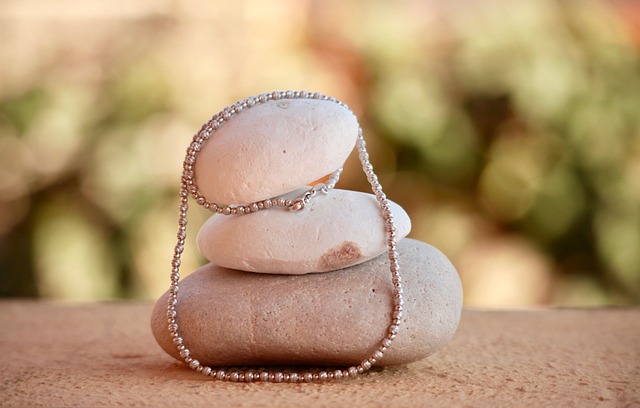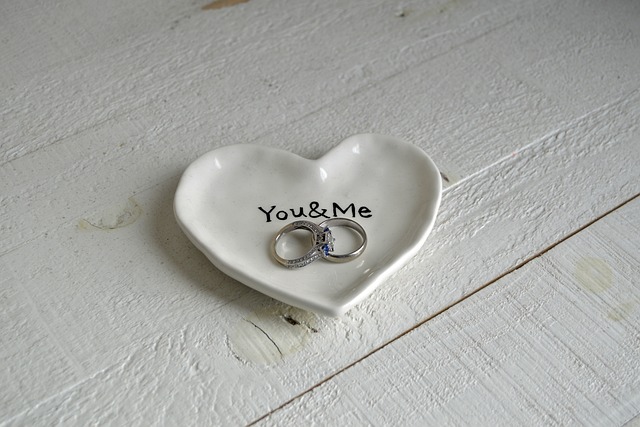White Gold Plated Jewelry: Affordable and Luxurious
White gold plated jewelry has become increasingly popular thanks to its classic look and affordable price. But what exactly is plated white gold and what makes it different? Let’s explore the history and characteristics of this style of jewelry.

What Is White Gold Plated Jewelry?
White gold is a yellow gold alloy mixed with other white metals like palladium, nickel or silver to produce a lighter color. It gives jewelry a silvery-white hue similar to platinum. Unlike platinum though, white gold is cheaper and more malleable, making it easier for jewelers to work with.
Plating vs Solid
With plated white gold jewelry, only a thin layer of white gold is applied to the surface of a base metal like stainless steel. This allows jewelry makers to achieve the bright white shine of white gold at a lower cost since the base metal is cheaper.
Solid white gold jewelry, on the other hand, is completely made from white gold alloy, which makes it more durable and long-lasting. However solid white gold can be significantly more expensive due to the higher content of precious metal.
The Advantages of Plating
White gold plating offers several benefits over solid white gold designs.
- Affordability: Since plated pieces use less precious metal, they cost less than solid white gold jewelry.
- Variety: Plating allows for more experimentation with different shapes and designs since the base metal is softer and easier to work with.
- Durability: With proper care, plated jewelry can last for many years before the plating wears off or chips.
- Shine: The thin layer of white gold on plated pieces reflects light more uniformly, producing a very ‘white’ and shiny appearance.
Care and Maintenance
To keep your white gold plated jewelry looking its best, follow a few simple care tips:
- Avoid contact with chemicals like chlorine that can damage the plating. Remove jewelry before swimming or doing housework that involves harsh cleaners.
- Gently wipe down your jewelry periodically with a soft, damp cloth to remove any dirt or oils from the surface. Make sure the piece is completely dry to prevent water spots.
- Store your white gold plated jewelry separately from unplated pieces to prevent scratches. Place pieces on a soft cloth or in a lined jewelry box.
- Have your white gold plated jewelry re-plated once the original plating shows signs of wear like dull or dark spots. Re-plating is an easy process that restores the bright white sheen.
- Remove jewelry before showering, exercising, or doing any physical activity that could loosen prongs or cause undue wear.
- Avoid ultrasonic cleaners or steamers which can damage the plating.
By following these care and maintenance tips, your beautiful white gold plated jewelry will retain its bright silvery gleam and last for years to come. Affordable, luxurious, and low-maintenance – what more could you want in fashion jewelry? White gold plating offers the best of both worlds.

FAQs about White Gold Plated Jewelry
Where yellow gold tends to become scratched and need polishing to restore its bright shine, the rhodium plating on white gold is more durable and scratch resistant. While high-quality rhodium plating will stand up to daily wear, over time it will begin to wear off and the yellow hue of the white gold will show through.
Jewelers cover the majority of white gold jewelry sold today with a thin layer of rhodium plating, which gives white gold jewelry its distinctively beautiful color and shine.
Jewelers mix pure gold with either silver, palladium, or nickel to create white gold. They commonly plate this white gold with a product called rhodium, a metal that coats the gold and renders the item with a white tone. The concern for buyers with White Gold is that the plating typically wears off over time and therefore requires replacing.
Most jewelers recommend getting white gold jewelry like earrings, necklaces, or bracelets re-plated every 1-2 years. Jewelry pieces like rings that people wear daily undergo quite a bit more wear and tear and should get recoated more often, ideally every 3 to 12 months. Jewelers should recoat them that frequently.
